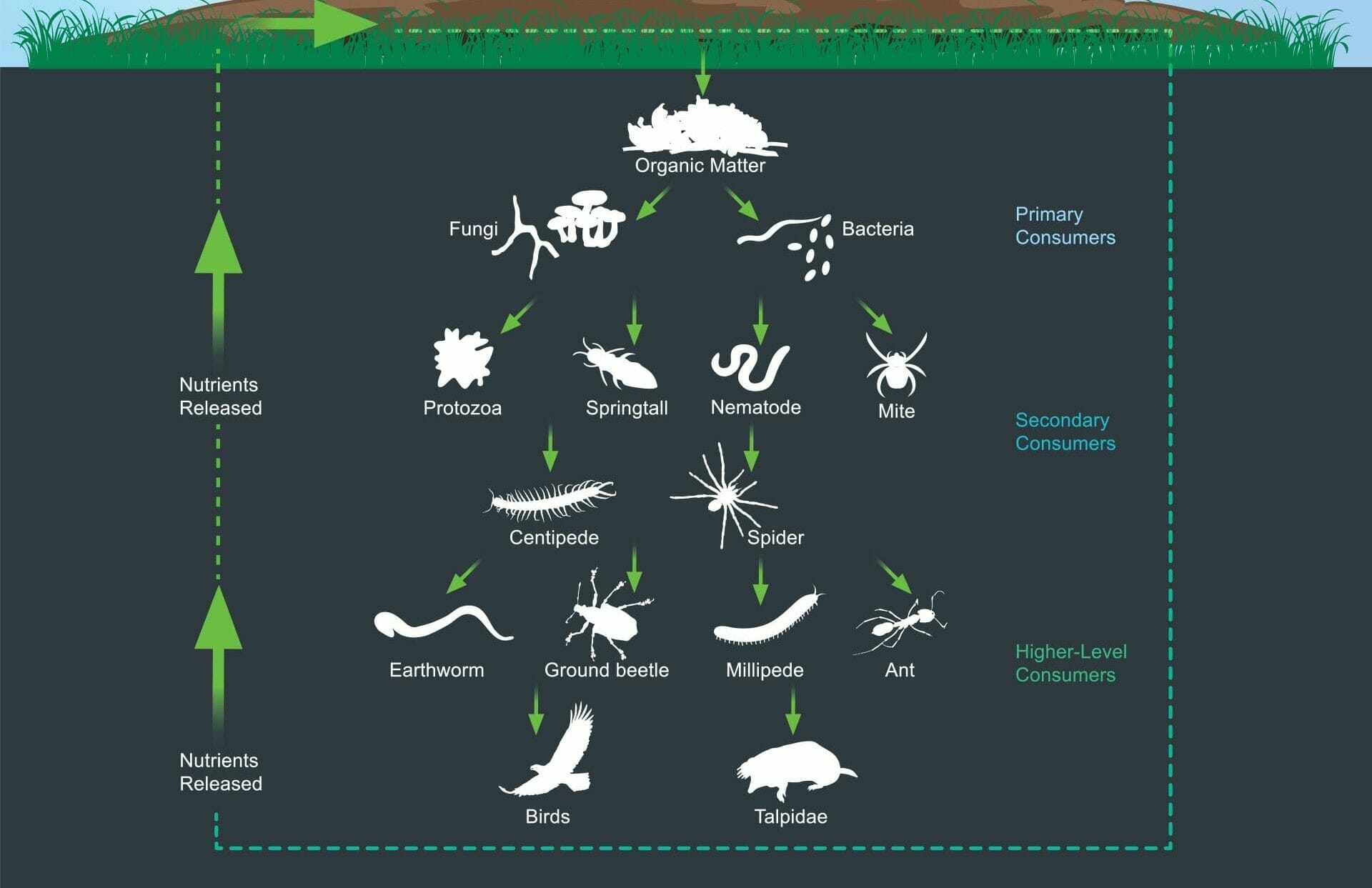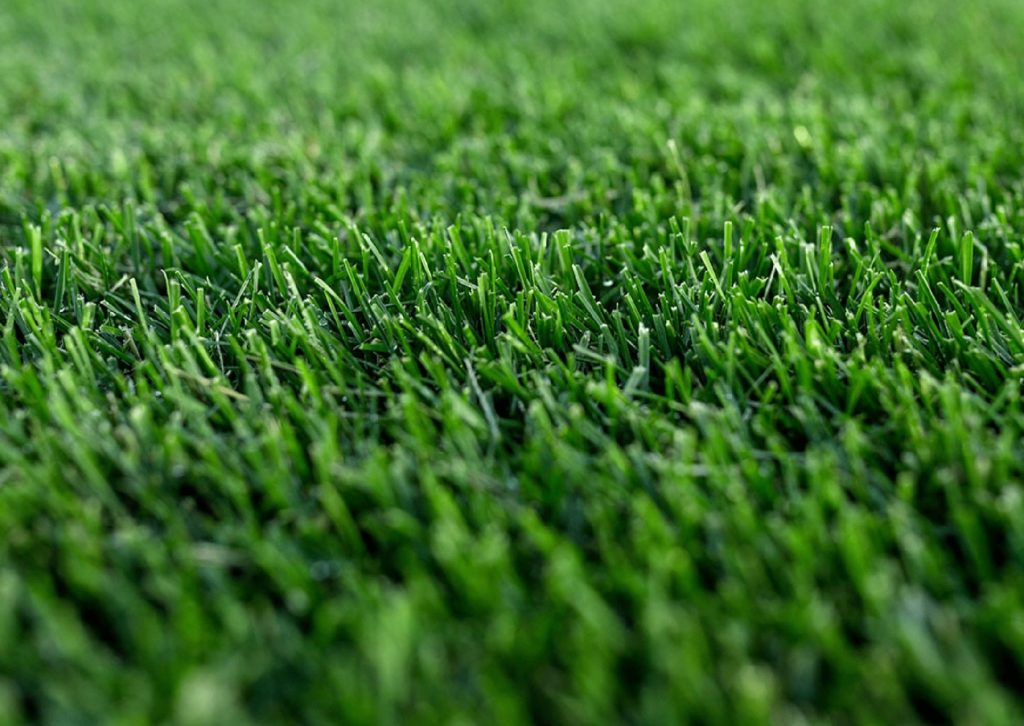
5 Different Types Of Soil Microbes
If there is one thing that lawn care specialists love to talk about, it is the array of services your turf needs to be successful. First, it is a specific mowing technique, then it is aeration and watering. Next thing you know your soil needs nutrients, so fertilization is the next step. It can all be very confusing, and we do not blame you for wondering why these services are necessary. The truth of the matter is, most lawn care services are beneficial, but not for the reasons you think. Soil biology is the ultimate determinant of lawn health, as you need a diverse array of nutrients and organisms to feed your roots. It is these microbes that interact with and motivate healthy growth out of your turf. In this blog, we are going to go over five different types of soil microbes and the roles they play.
Bacteria
One of the most foundational, important, and recognizable soil microbes, bacteria is found all over the world. These are groups of unicellular organisms that are commonly associated with the disease. In your soil they play the role of decomposition, breaking down nutrients and sending them to the root zone for use.
Fungi
In order of recognition, fungi are probably second to bacteria, as it is on this list. It is native to the root zone of plants and assists in the nutrient acquisition process. An easy example of this good fungi is Mycorrhizae, which optimizes the water and nutrient uptake process, by providing sugars and amino acids to the plant.
Actinomycetes
These once used to be a sub-category of fungi but are now their own independent classification of organisms. Because of this, they work nearly identical to fungi. Like fungi, some can be predatory to the plant, while others act as antibiotics do towards humans. They also fixate on and grab nitrogen from the soil, while also depolluting it of contaminants.

Protozoa
Known for their interactions with bacteria, Protozoa help release nutrients into the soil when they consume them. To be able to do this, they must also be some of the largest soil microbes. They typically inhabit soil pores and are found in the uppermost 20 centimeters of the topsoil. For a final fact, Protozoa are considered animals.
Nematodes
Getting to the most animalistic of the soil microbes, nematodes are classified as worms. They eat other nematodes, and because of this, the feces they release are full of nutrients. Nematodes also control grubs and other pests in the soil, while also feeding on bacteria and fungi to release nutrients into the soil.
Higher Ground Lawn Care and Lighting are ready to take your property to a higher level. Experience why your neighbors and businesses in University Park, TX & surrounding areas trust Higher Ground Lawn Care & Lighting with their properties. Give us a call at (682) 206-3596 or check out our website today.
Ready to get started?


